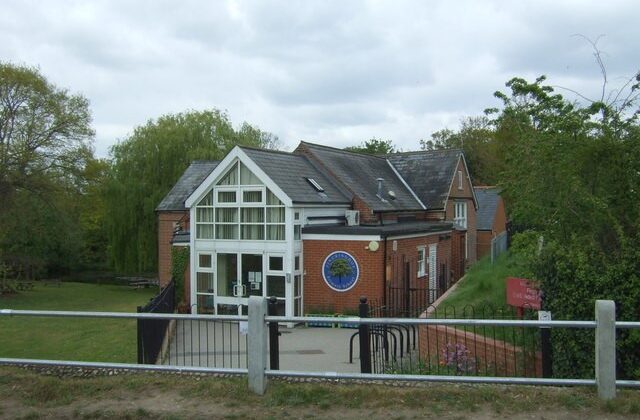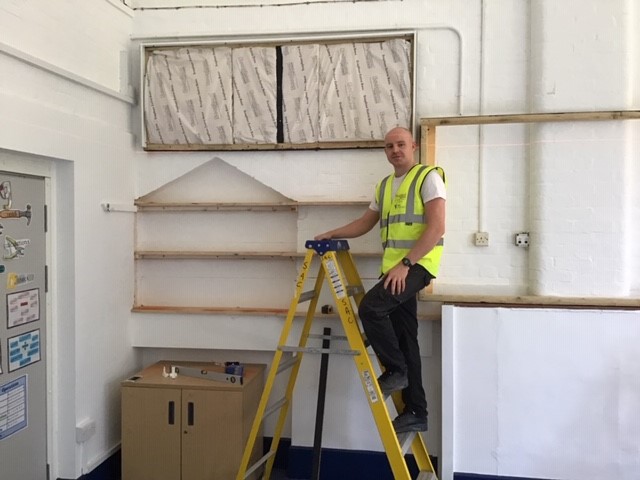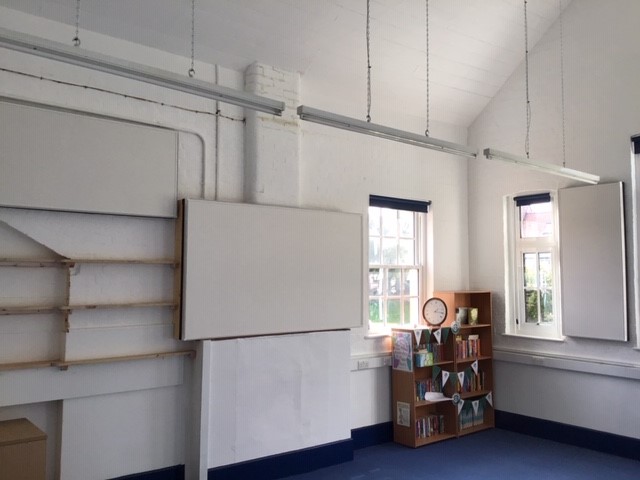
Victorian schools (Queen Victoria: 1837 – 1901) in Britain originate from the 1870 Elementary Education Act , which made primary school education compulsory. This required the quick construction of a large number of schools, in both large, industrialised cities to leafy green villages.
However, unlike the quick build, off-site schools of the 1970’s, Victorian schools were built to last, with England and Wales still utilising some 3000 of them. The style of many of the buildings copied the work of ER Robson, architect to the London School Board. His designs were usually multi-storey, red-brick buildings, with multiple gables and segmental windows. Other characteristics were the height of windows from the floor – to minimise distraction to the children, high soffits and crowning cupolas.
Robson was influenced by a popular Queen Anne-style revival, which was combined with an Anglican/gothic Church of England influence.
Whilst the build quality is widely acknowledged to be skilfully executed, especially the brickwork, Victorian schools can be challenging to adapt to modern methods of teaching.
We know that the conditions in the classroom can have a huge impact on children’s ability to learn, especially the acoustics. When Europe’s largest local authority, Essex County Council, set about the refurbishment of the Victorian Fingringhoe Primary School, near the Roman town of Colchester, they put together a trusted team, led by Prof. Stephen Heppell.
Delivering benchmark projects requires collaboration….
“Delivering projects collaboratively, through frameworks has many advantages, not least the ability to bring together all stakeholders on a frequent basis to share knowledge, learn from others and improve outcomes. We could see the need to improve the lighting, acoustics, CO2 levels, replace some furniture, introduce write on surfaces and make some decorative changes. The aims of the project are to build a grounded set of improvements that are cost effective, attainable and proven which can be promoted and emulated by other schools, inform other work in our estate, help build reflective practice amongst colleagues and children, promote physical activity and make learning better today.
– Greg Keeling, Engineering & Technical Team Manager, Essex County Council.
This needed to balance all the indoor environmental qualities and still be inclusive….
The idea was to refurbish one of the classrooms to an inclusive standard, where possible, and to monitor the environment and resultant pupil behaviour and attainment for a period of one year. The environment is measured constantly by Prof. Heppell’s “Learnometer”. Similar to Saint-Gobain’s MC350, the unit is a little larger and has the added benefit of monitoring the CO2. The Learnometer is able to automatically sample a classroom environment and make suggestions via a unique algorithm as to what could be changed, so that students to learn and perform at their best.
Prof Heppell wanted to remove the 1970’s false ceiling to allow for more volume, better air quality and more natural daylight. All fundamental design principles but, likely to adversely impact the acoustics, resulting in longer reverberation times.
Some acoustic modelling and specific acoustic solutions required….
Ecophon UK acoustically modelled the space and concluded that low frequency absorption would be required at a much lower level than the Ecophon Solo acoustic rafts would offer. The solution was to place low frequency / bass absorbing pads behind the “Class A” absorbing wall panels, on two non-opposing walls. Before work commenced, Ecophon worked with “Adrian James Acoustics, known for their work on the “Essex Study”, to provide test data before and post refurbishment. As expected, once the old ceiling was removed, the classroom provided a very unsatisfactory 1.2 secs Tmf (125Hz – 4000Hz).


“We know that better acoustic conditions improve children’s understanding, concentration and ultimately academic results, reducing stress for pupils and teachers alike. We also know that children with hearing impairments and other special communication needs, including ASD and ADHD, must be taught in rooms with shorter reverberation times and lower noise levels. I sincerely hope that this research, supported by Ecophon, encourages other education authorities to start providing the acoustic conditions that pupils and teachers deserve.”
– Adrian James, Director Adrian James Acoustics
Meeting the challenging acoustic standards in the low frequencies….
The addition of: 3no. Ecophon Solo rafts on direct fix brackets, following the line of the rafters; one suspended between LED lighting clouds and wall panels with extra bass pads behind, reduced the reverberation time to 0.6 secs Tmf (125Hz – 4000Hz) in line with the UK’s BB93: Acoustic Design of Schools (refurbishment standard).
“Our hope is that learners, and therefore schools, can ultimately perform better by optimising the physical environments they use for learning. The room has a lovely high, vaulted ceiling that turned out to have skylights. It’s a great room which seems to have been spoiled over time by years of modification. We’ll now await the results of these changes, and see what improvements to the children’s learning and behaviour they might make.”

– Prof. Stephen Heppell is Felipe Segovia Chair in Learning Innovation at Universidad Camilo José Cela, Madrid
For anymore information about this ongoing project please contact me Shane Cryer Concept Developer Education UK & Ireland here

